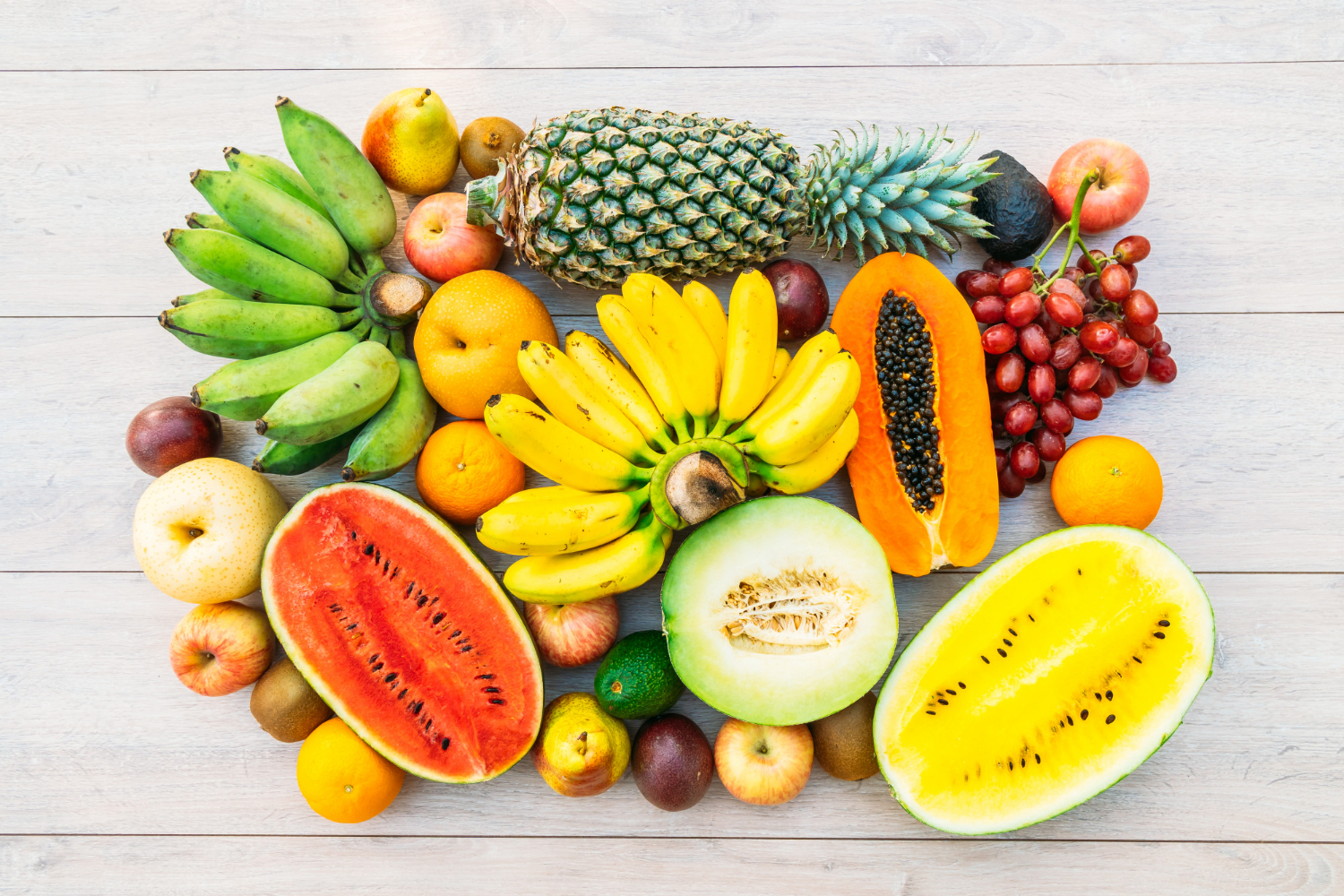Children need a balanced nutritional diet which requires a fair portion of vegetables in what they eat. However, children are usually driven towards sweet (e.g., chocolates), spicy (e.g., street food), or fatty junk foods (e.g., chips, burgers, pizzas). Such foods are tasty and provide kids with instant gratification, however, are not beneficial in the long run. Firstly, these foods may not fulfil the nutritional needs of the children in the form of calcium, proteins, and zinc. Secondly, such foods give birth to lifestyle disorders such as obesity, blood pressure, diabetes, and heart problems. Vegetables provide a necessary input of vitamins, minerals, and fibres. They have low calories and are low in fat content. While they may be healthy, they may not be the tastiest. There is no doubt that it is a challenging uphill task for parents to convince children to consume an optimal number of veggies in their diet. However, what needs to be done, must be done. In this blog, we list down 10 tips for parents to get their kids to eat vegetables.
- Negotiate & Compromise.
- Create rituals.
- Look out for interesting recipes.
- Involve them in the kitchen.
- Pick out their favourites.
- Seek Influencers.
- Lead by example.
- Reward Them.
- Make Vegetables part of every meal.
- Have Patience and Keep trying
Refusing to eat vegetables, at the root of it, is a behavioural issue. If you cannot fight against your child’s urge to have a burger, why not load it with extra vegetables as a compromise? E.g., you can tell your kids that “You can have your burger, but you need to eat it with a portion of vegetable salad”. Dish out tasty combinations of their favourite food with a lenient dash of vegetables. Keep in mind to not overdo it and kill the taste, the very reason it’s their favourite food. Try to add balanced measures to keep the taste intact while they start eating raw vegetables as well.
Rituals or habits are things we do because we are supposed to, not necessarily because we like to. In the same way, formulate rituals for kids to start eating raw vegetables. E.g., kids can eat a portion of sprouts every morning before they go off to school. This can be developed as a daily ritual. The dish can change though. Instead of eating sprouts daily, it can be eating raw vegetables five minutes before dinner, or eating stem plants, etc.
Why do vegetables have to taste awful? a curious question, isn’t it? Honestly, they don’t have to. There are numerous ways of dishing out extremely tasty dishes using vegetables. The internet is flooded with such recipes. Look out for such recipes. You can blend them into smoothies for example. Experiment with variety. That will create an element of change for the kids which is much preferable to convince them to eat the same set of veggies every week in repeat mode. In addition, let the kids search for interesting recipes they would like to try. Let them choose the vegetable dish they want to eat. By doing this, they will become a part of the process. It won’t sound forced. Choosing to consume, they will also take responsibility for doing so.
Cooking with vegetables can be fun. Cleaning out the leafy vegetables, peeling the peas, tearing out while cutting onions, and more such fun rituals can be created to engage the kids with the vegetables while cooking. The dish they prepare tends to have a strong emotional attachment when they are involved in the preparation process and will feel motivated to eat them with keen interest. Eating raw vegetables such as peas, carrots, radishes, onions, and tomatoes or eating sprouts while cooking could be a fun activity they might just take to.[SK2]
Setting a habit to eat vegetables is the first battle to be one. Do not be over-choosy about which vegetables to eat. An overdose of broccoli right in the beginning might just have reverse effects and the kids might go into rebellion mode. Start small. Figure out the vegetables your kid likes. Start with them and then gradually mix them up.
Identify people in your social circle or family that the kid looks up to. You will always find someone your kid idolises. It could be someone from school, a senior student, or a teacher. It could be someone in your residential area, a playmate or it could be a big brother or a cool uncle or aunt in the family. Seek out those influencers and their help in instilling the virtues of eating vegetables in your child.
Lead by example. Make sure you eat your fair share of veggies. Make sure they see their influencers eating their fair share of veggies. Formulate a ritual e.g., eating raw vegetables in a sizable portion before proceeding on to the main meal. This again could be part of the negotiated settlement in exchange for the kids getting their favourite dish.
Good behaviour needs to be rewarded for it to become a long-lasting habit. The reward can be a simple pat on the back or a round of applause when the child finishes eating her portion of raw vegetables on the dining table. This reinforcement right from early childhood days can help instil this habit of eating healthy. Rewards can also be in terms of extra playtime, or their favourite toy they have been asking for months, but if they consistently finish eating their vegetables for the entire month. Creating such engaging activities will keep the kids hooked on what otherwise could be a tedious task of getting them to eat vegetables.
Eating vegetables is a great way for kids to get their dose of essential vitamins, minerals, and fibre, which can keep them full longer. Incorporating vegetables into every meal is one way to make sure they get enough of them in their diet as well as get used to eating them regularly. Making vegetables a part of every meal does not have to be complicated. With some planning, this can be made possible with ease. For a start, make a list of all the vegetables you cook or your child likes and slot them individually into what meals you would like to add them to. Cook the vegetables with other ingredients that have a stronger smell and taste such as garlic and onions. While they will absorb the flavours without losing their flavour, they also do not overpower the flavour of the dish. You can also grate vegetables into meat mixtures or pair them up in small amounts with lean protein or low-fat dairy for a balanced meal.
If kids are not used to eating vegetables, be patient and introduce new vegetables slowly. Do not force your child to eat vegetables. One way to get them used to vegetables is to start by adding small amounts of vegetables into dishes that they love. This will make it easier to incorporate different vegetables into their meals throughout the week without having to completely cook up a new recipe every time.










